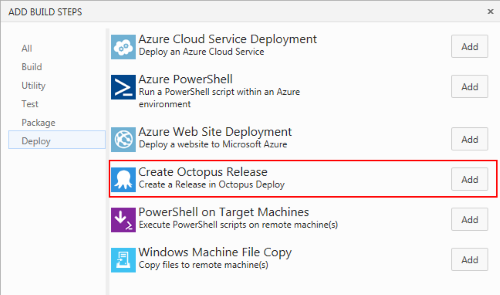I have installed ocropus-0.4.4 from installTranscirpt.When i run ocropus.py from ocroswig I get the following statments
How do i solve this?
- Dec 21, 2017 - Earlier Ocropus used Tesseract but then they shifted to their own OCR engine which is. Remember to install opencv before starting this. That it is a command line tool and you'll face difficulty if you're working on windows.
- Jan 9, 2015 - Ocropus (or Ocropy) is a collection of tools for extracting text from scanned images. In this post. But first, we need to install Ocropus!
1 Answer
Probably due to missing - or incorrectly versioned - binary system libraries. Try to build the package yourself, instead of grabbing a pre-built binary. The building process will give errors and say which libraries are missing, or in the incorrect version on your system. (You might have to install the aproppriate -dev or -devel Linux packages)

In the best case, it could only be an incompatibility between the pre-built binary and your system's, and if you have all the requisites, it could even build cleanly on the first try.
Not the answer you're looking for? Browse other questions tagged python or ask your own question.
I am trying to create an answer paper marking (multiple choice question) python application. The answer sheet will be scanned into image file (gif,png,jpg,whichever format is needed).
Nov 16, 2015 - Windows users who would like to know more about the command line. The next step is to install the necessary Python packages OCRopus.
My App has access to the database where all the answers are stored.

So,all it need is some kind of data from scanned image so that it can compare the answer and calculate the marks.
The answer sheet has fixed dimensions with the table format like this ( Answers will be marked by 'X' by the candidate to indicate their answers):
After searching through the internet, i found that there are a few OCR APIs available.
First one is Pytesser . It is very easy to use and the results are quite okay. But it only work for the images with just pure texts. So, i think it is not suitable.
The second one i found is Ocropus. It seems powerful but in it's documentation
Windows
OCRopus relies a lot on POSIX path names and file systems. You may be able to install OCRopus on Windows using . An easier way is to install VirtualBox and run OCRopus in Ubuntu under VirtualBox.
So i think it is mostly for linux. I could not find a detail installation guide for window platform. ( I am a beginner, so i could be wrong)
The third one i found is python-tesseract , a wrapper for Tesseract OCR. In their page, the installation guide was provided. Basically, i need,
Windows Installer Package
- python-tesseract-win32.deb
- python-opencv
- numpy
but i have no clue on how to install .deb files on window. I have the opencv and nampy already installed.
So the following are my questions:
(1) In which way can i convert the table image into processable data(is it even possible?)?
(2) Is there any other useful OCR APIs that i have not mentioned here that could be helpful?
(3) Finally, (my silly idea) Is it possible to split the image into small chucks(based on the size of the table cells - since the table dimensions are known) using PIL and then use pytesser to convert each small images into text, thereafter process the data accordingly?
FYI: I only need it for Windows Platform, possibly for windows xp 32 bits. I am using python 2.7.5.

1 Answer
Answers correspond to your numbers
1) OCR is in general very hard, but (good news for you) for test score processing, I think it is nearly a solved problem. In this vein there are tried and true solutions for such problems. School systems have been doing this to automate grading 'scantron' tests for years, so if you have access to such resources going that route might be your best bet. At least you should check how they do it
2) I am sure there are others, but those are the main free ones I know of
3)a I think if you are trying to do this on a budget and time is less an issue, your 'silly' idea is actually not silly at all. It might be the best way to do it, and it is likely that the scantron test graders use a similar method. You know the exact dimensions of the test form. You can know the direct pixel mapping of where to look. You could use pytesser very easily. Keep in mind that pytesser sometimes needs you to resize the image (sometimes up, sometimes down) to get the best accuracy.
3)b You might want to consider rolling your own solution. You could use the concept of morphological operations (numpy and other image libraries can do this nearly out of the box). You might not even need these operators and simply do a binary threshold of the table rows (assuming you have already cut the image into table rows) and simply look for blobs and mark the score as coming from the column with the most blob values.